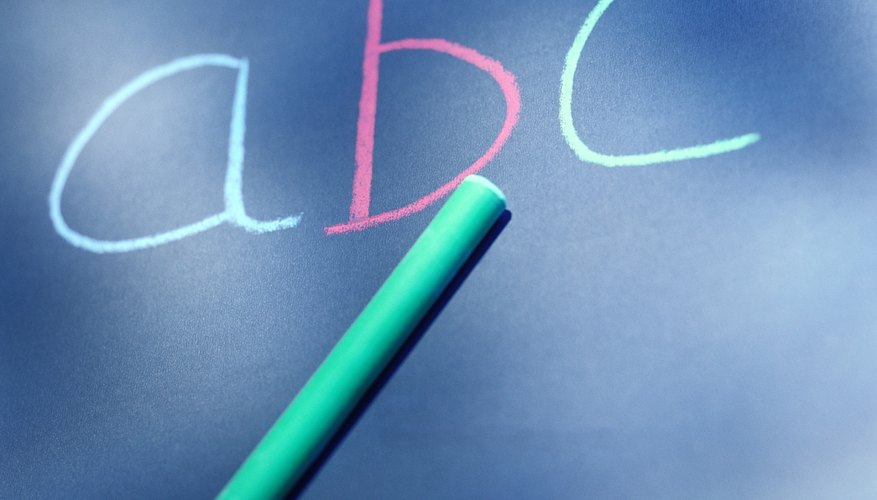Inclusive education is the term used for a classroom that houses students in special education programs alongside their peers in regular education programs. The system of inclusion has a variety of positive and negative impacts on the students in both categories, as well as the teachers. Each education authority must weigh the pros and cons of inclusion in order to make a decision tailored to its student population.
Advantage: non-discrimination
When students with special education needs are placed into a separate classroom from their peers, it puts a label on those students and marks them as "different." Inclusion practices sort children into classrooms without the bias of special needs or non-special needs entering into the process. In this way, inclusion allows each student to have access to the same teachers, instructional materials, tools and lessons as every other student in the school.
Disadvantage: meeting individual needs
Sometimes students who require special education services need extra accommodations to get through the school day. This might include behavioural assistance, physical learning aides or the presence of an adult with them at all times. In the inclusive classroom, it can be difficult for a teacher to provide these accommodations to a student with special needs without distracting the rest of the students. The regular education classroom often isn't equipped for handling the diverse needs of students in special education programs, putting an extra burden on the school to outfit all of the regular classrooms with all of the equipment they need to serve these students.
- Sometimes students who require special education services need extra accommodations to get through the school day.
- In the inclusive classroom, it can be difficult for a teacher to provide these accommodations to a student with special needs without distracting the rest of the students.
Advantage: real-world experience
When students leave school and enter the real world, they will not always find themselves surrounded by other people who are exactly like them. Students with special needs will need to learn to function with people who do not have special needs, and the opposite is also true of students in regular education programs. An inclusive classroom helps students learn about the differences between people while they are still young and exposes them to diversity by allowing them to work and play alongside children who are different from themselves.
Disadvantage: teacher training
A teacher in a regular education classroom may not be as fully trained as a special education teacher when it comes to providing for the educational, behavioural and physical needs of students with special needs. While some schools may answer this problem by pairing a regular educator with a special educator in an inclusion classroom, this practice is not always an option as it requires the schools to finance the salaries of two teachers for only one class.
